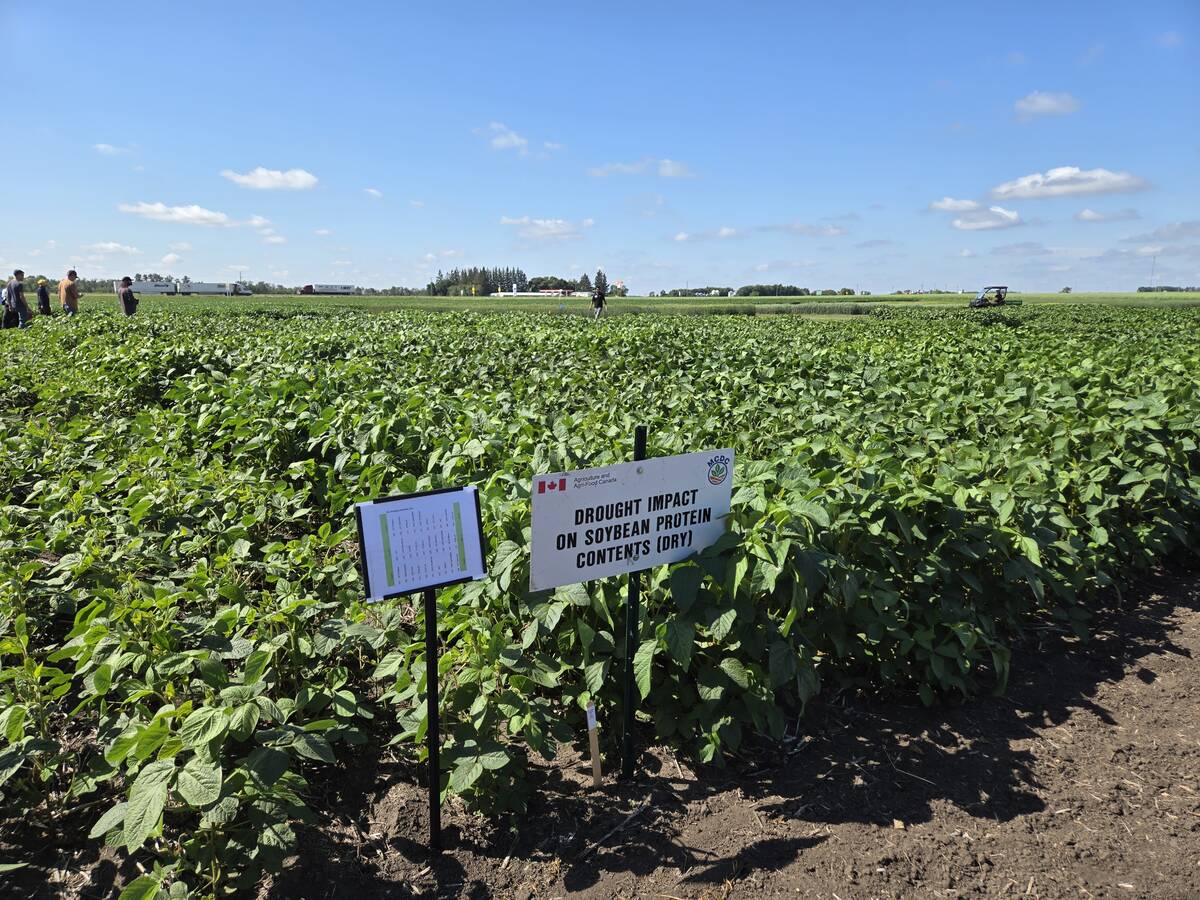People think we are tough on crime in Canada, especially with drunk drivers. It is frequently reported that Canadian laws are getting tougher, with legal loopholes closing and sentences getting harsher.
That may be the case in Canada, but how do Canadian laws stack up against other countries?
First, look at the legal limit. If you are operating a motor vehicle on a public road where your blood alcohol concentration exceeds .08 (80 mg of alcohol per 100 ml of blood), you are guilty of a criminal offence.
Read Also

Carberry field day looks for agriculture solutions
Manitoba farmers explored research solutions for resilient crops, perpetual agronomic issues and new kinds of agricultural products at a field day at the Manitoba Crop Diversification Centre in Carberry on Aug. 6.
There is considerable scientific debate about whether a driver’s judgment is impaired at this level or at lower or higher levels.
Are we tough on drinking and driving? In other countries, the tolerance level is lower. The legal limit is .05 or lower in Australia, Austria, Belgium, Bulgaria, Croatia, the Czech Republic, Denmark, Finland, France, Germany, Greece, Hungary, Japan, Macedonia, Malaysia, the Netherlands, Norway, Portugal, Romania, Russia, Slovenia, Sweden and Turkey.
That doesn’t mean these countries have people who drink less. Germans consume a whopping 64 percent more alcohol than we do on a per capita basis.
If we look at alcohol-related car crashes, only 11 percent of drivers killed in Germany were impaired but in Canada, it’s 32 percent or triple that amount.
And that isn’t adjusted for the fact that the limit in Germany is only .05, not .08. Something else is at work there, something we’re missing in Canada.
A .05 standard doesn’t unduly restrict how much you can drink. Given that there’s a two percent margin of error in many breathalyzer machines, police often don’t charge a driver until they’re .10 or more.
For a guy like me around 250 pounds, this means I can drink about 12 to 14 beer in a couple of hours, jump in my truck and drive around with a relatively low chance of being charged.
Demographics of age and gender play a role. We tend to think it’s young people who are at fault for all the drinking and driving. Statistics show they’re more responsible than the rest of us.
We baby boomers seem to have the biggest problem. A recent B.C. study can be found at www.injuryresearch.bc.ca/Publications/Posters/Drinkinganddrivingposterpdf.
Older not wiser
Drivers in their early 20s were involved in 20 percent of alcohol-related accidents and those between 36 and 55 were involved in 33 percent.
Seventy-nine percent of collisions were injuries involving male drivers. In traffic fatalities where alcohol was involved, 79 percent were male.
Should we know better? The fact is boomers are more likely to drive drunk than our 20-something children who car-pool or actually pay for a cab instead of paying for another round before driving home.
This area of criminal law is deadly. Adding up all the other Criminal Code charges involving death such as murder, manslaughter and criminal negligence, alcohol-related car accidents cause twice as many deaths.
This is a big problem. Whoop it up all you want, just don’t follow it by driving. To keep the streets safe and people safer, we have to face facts.
A legal limit of .05 or .06 is going to reduce death and injury, keep our citizens safe and protect the weak and innocent. Isn’t that what the law is all about?














